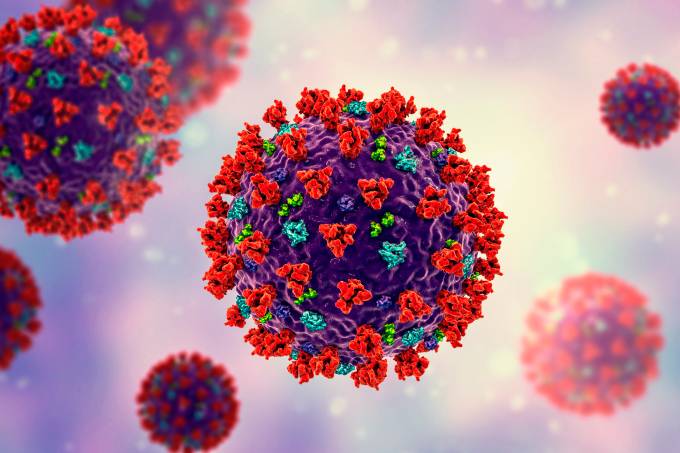Protocol Detail


BURNS
Burns are one of the most common household injuries, especially among children. The term “burn” means more than the burning sensation associated with this injury. Burns are characterized by severe skin damage that causes the affected skin cells to die
Diagnosis
History of events leading to burns (including time of injury, location, enclosed space, Non-accidental,Tetanus status, past medical history
Check for other associated injuries.
Management
1. Immediate application of running water at room temperature for AT LEAST 20 MINUTES for minor localized superficial and partial thickness burn (useless if burn over 3 day old),
2. ABC’s as indicated.
3. Intubate early if cyanosed, respiratory distress, stridor or hoarseness. Anticipate deterioration!
4. Immediate resuscitation as indicated,
5. Inhalational injury likely if:
· Fire in enclosed area,
· Burns to oropharynx, nasal hairs or
· Soot in upper airways,
· Raised carboxyhaemaglobin.
6. Assess area- “Rule of 9’s”. REMEMBER to modify for children,
7. Assess depth burns:
· Superficial- reddening, pain ++ and NO BLISTERS
.Superficial partial- reddening with mild blistering, painful+,
.Deep partial Initially- dark red and blotchy, painful+,
· Full thickness- Painless, white or leathery and dry.
8. High flow 100% Oxygen,
9. Continuous monitoring,
10. IV access x 2 large bore preferably in un-burnt skin,
11. FBC, U&E’s, LFT’s, Aterial Blood Gases,carbon dioxide levels , Group and retain as indicated,
12. Consider breath or blood alcohol,
13. Urinalysis, drug screen as indicated,
14. ECG,
15. CXR,
16. Intensive care unit if burns require fluid resuscitations and for all perineal burns,
17. Cool saline packs to burns for 20 mins (but keep patient warm),
18. Remove burnt, non-adherent clothing,
19. IV fluids WARMED (for all burns>10% in child or 15% in adult):
· Hartmann’s Solution,
· Replacement volume of 4ml x weight in kg x %burn. Give ½ this volume in the 1st 8 hours from time of injury and the rest over the next 16 hours PLUS,
· Maintenance of 2-3 l/day for adults,
· Aim for urine output of 0.5-1ml/kg/hr (1-2 ml/kg for children).
20. Analgesia Morphine IV 2.5 mg increments until comfort achieved,
21. Consider Morphine/ Midazolam infusion,
22. Consider use of 1.5% Dicobalt edentate 20ml IV over 1 minute with 50 mLs 50% Dextrose.
23. Consider Antibiotics after discussion with Burns Unit
24. Dress wounds with silver sulphadiazine except after discussion with burns unit. Solugel ointment for facial burns.
25. Escharotomy as advised
26. Keep nil per oral,
27. Nasogastric tube if burns >20%,
28. Be observant for complications (hypoxia, infection, acute renal failure, Acute Respiratory Distress Syndrome, hypothermia, inappropriate ADH secretion, massive oedema),
29. Remember to remove all jewelry.
30. Tetanus prophylaxis as required.
Transfer to Burns Unit if:
· Burns of >10% (or 5% in Kids),
· Full thickness burns of >5%,
· Burns to the face, hands, perineum or flexor joint surfaces,
· Inhalation injuries,
· Associated trauma,
· Associated co-morbidities,
· Electrical or chemical burns
· Any suspicion on non-accidental injury.









